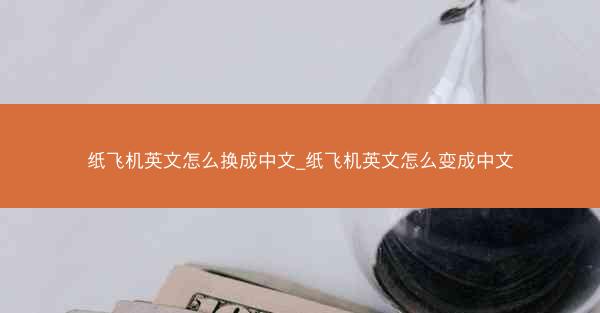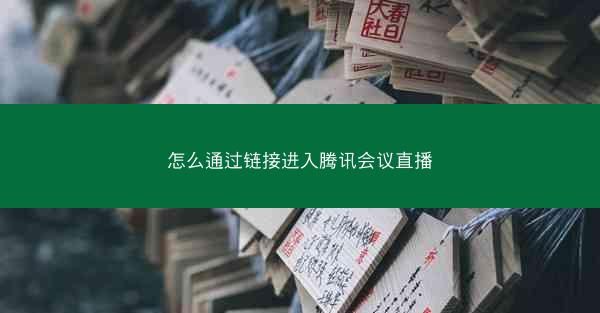
Paper airplanes have been a popular toy and a source of entertainment for people of all ages for centuries. These simple yet creative flying contraptions are made from sheets of paper and can be crafted into various shapes and sizes. The art of making paper airplanes dates back to ancient times, with evidence suggesting that paper was used for flying models as early as the 5th century BC in China. Today, paper airplanes continue to be a favorite pastime, offering a fun and educational way to learn about aerodynamics and design.
Understanding the English Term Paper Airplane
The English term paper airplane is a straightforward translation of the Chinese term 纸飞机 (zhǐ fēijī). The word paper refers to the material used to construct the airplane, while airplane is a general term for a flying machine. In English, the term is often used to describe a simple model airplane that is typically handcrafted and propelled by the thrower's arm.
Translation of Paper Airplane into Chinese
When translating paper airplane into Chinese, it is important to maintain the original meaning while considering the language's syntax and cultural nuances. The most common translation is 纸飞机 (zhǐ fēijī), where 纸 (zhǐ) means paper, and 飞机 (fēijī) means airplane. This term is widely recognized and understood in Chinese-speaking communities.
Historical Context of Paper Airplanes
The history of paper airplanes is rich and varied. In ancient China, paper was invented around the 2nd century BC, and it wasn't long before people began experimenting with it. One of the earliest recorded uses of paper for flying models was by the Chinese inventor and statesman, Zhuge Liang, who is said to have used paper kites to communicate with his troops during battles. Over time, the art of making paper airplanes spread to other cultures, including Japan, where they were known as tako-tobi (鯨飛び), and eventually to the Western world.
Techniques for Making Paper Airplanes
The process of making a paper airplane is relatively simple and can be broken down into several steps:
1. Selecting the Paper: Choose a sheet of paper that is large enough to fold into the desired shape. Common choices include printer paper, construction paper, or even newspaper.
2. Folding the Paper: Follow a specific folding pattern to create the wings, tail, and other necessary parts of the airplane.
3. Trimming and Adjusting: Once the basic shape is formed, trim any excess paper and make any necessary adjustments to ensure the airplane will fly properly.
4. Testing and Tweaking: Test the airplane's flight by throwing it gently and observing its performance. Make adjustments as needed to improve its stability and flight path.
5. Creating Different Styles: There are countless designs for paper airplanes, each with its own unique characteristics. Experiment with different styles to find the one that works best for you.
6. Incorporating Decorations: Add decorations to your paper airplane to personalize it and make it more visually appealing.
7. Flying the Paper Airplane: Once you are satisfied with your design, throw the paper airplane with a smooth, forward motion to achieve the best flight.
Cultural Significance of Paper Airplanes
Paper airplanes hold a special place in many cultures. They are often associated with childhood memories, creativity, and the simple joy of flying. In some countries, paper airplanes are used as a form of art or as part of educational programs to teach students about aerodynamics and engineering. Additionally, paper airplanes have been used as a means of communication, as seen in the historical example of Zhuge Liang's use of paper kites.
Conclusion
The translation of paper airplane from English to Chinese is a straightforward process, resulting in the term 纸飞机 (zhǐ fēijī). This simple toy has a rich history and continues to be a source of enjoyment and learning for people around the world. Whether you are crafting a paper airplane for fun, educational purposes, or as a cultural artifact, the process of making and flying these models can be a rewarding experience.









